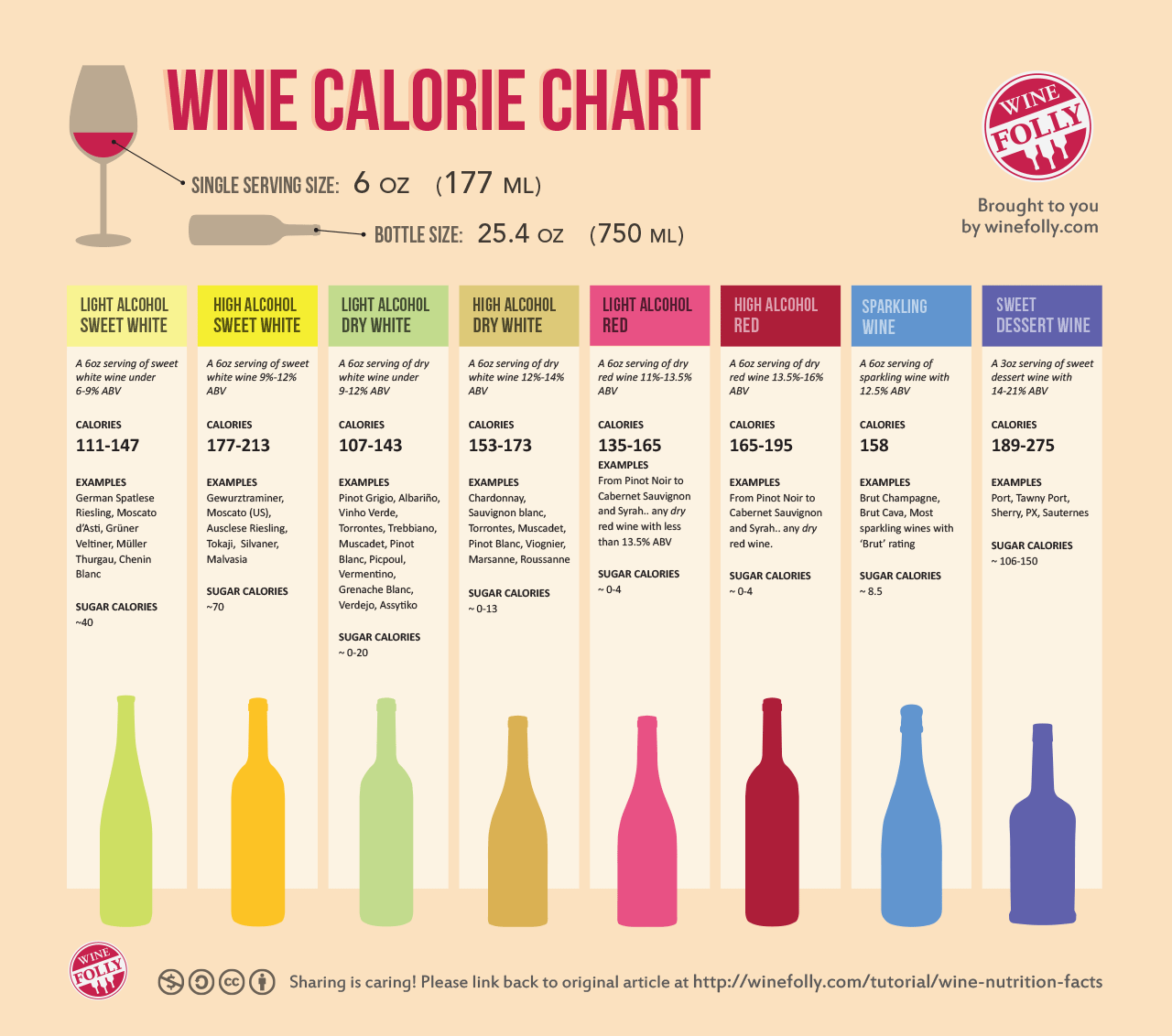If you drink wine, you probably know there is more in the bottle than fermented grapes.
Yet, you likely won’t find those added ingredients listed on the label, nor the wine’s nutritional information.
That’s because historically, wine labels (unlike food products) have not been required to list additional ingredients other than allergens.
However, that’s changing in the European Union.
Back in December 2021, the E.U. introduced a new reform called the Common Agricultural Policy (CAP).
The new law mandates that wine labels include a full list of ingredients associated with allergies and intolerances, such as sulphites and gluten (you can view the full list here – in Section 3). Certain nutritional facts, including calories must also be on the physical label. Other additives and nutritional information (carbohydrates, sugar, protein, etc.) must be provided, too, but can be provided electronically through a QR code printed on the label.
After a grace period, which runs through until the end of this year, all wines sold in the E.U. must comply with the new label regulations.
And that includes wines exported from Australia into these regions.
It got me thinking, though. What exactly is in wine and what would be included in the nutritional information?
Let’s have a look…
Nutritional Components
- Calories: On average, a standard glass of wine (approximately 150 ml) has around 120-130 calories. Alcohol is the primary source of calories in wine. Thus, alcohol affects the number of calories more than sugar. In some rare cases, a slightly sweet and low alcohol wine will actually have less calories than a dry, high alcohol wine. That is true for a sweet Italian white wine called Moscato d’Asti (it only has about 5.5% alcohol!).
- Alcohol: Obviously!
- Polyphenols: These plant compounds found in grape skins and seeds have antioxidant properties and may offer potential health benefits, particularly for heart health.
- Carbohydrates: Carbohydrates in wine come from sugar. Wine contains around 0 – 19 grams of carbs per serving depending on how sweet it is. Of course, most still, dry wines have much less.
- Minerals and Vitamins:
-
% of recommended daily intake Benefit Fluoride 40 Prevents tooth decay when used topically Manganese 10 Antioxidant beneficial to brain, liver and nervous system Potassium 5 Helps keep your heart beating Iron 4 Delivers oxygen to your body Vitamin B6 4 Helps access energy in your body Vitamin B2 3 aka Riboflavin. Antioxidant that aids in oxygen delivery in the body Phosphorus 3 Strengthens bones, regulates hormones, and aids in digestion Choline 2 Helps in memory and liver function And while all of this sounds amazing, we should probably keep in mind that there are probably better ways to get our daily dose of these vitamins and minerals.
Probably…
Before I go, here is a interesting chart I found on the Wine Folly blog…

